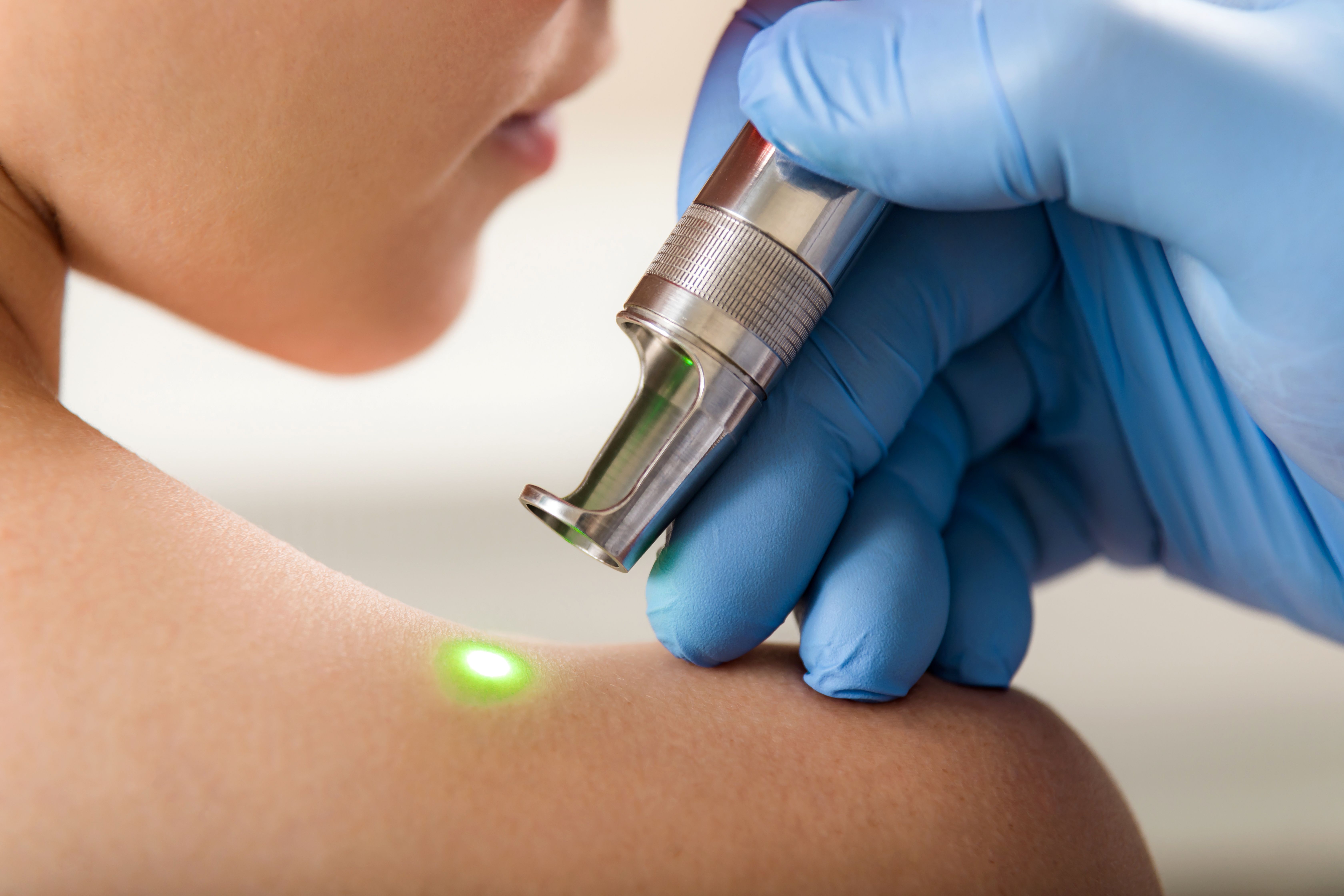- Acne
- Actinic Keratosis
- Aesthetics
- Alopecia
- Atopic Dermatitis
- Buy-and-Bill
- COVID-19
- Case-Based Roundtable
- Chronic Hand Eczema
- Drug Watch
- Eczema
- General Dermatology
- Hidradenitis Suppurativa
- Melasma
- NP and PA
- Pediatric Dermatology
- Pigmentary Disorders
- Practice Management
- Precision Medicine and Biologics
- Prurigo Nodularis
- Psoriasis
- Psoriatic Arthritis
- Rare Disease
- Rosacea
- Skin Cancer
- Vitiligo
- Wound Care
Article
Microneedling Techniques Across the Globe
Author(s):
Monica K. Li, MD, shares what to expect at her co-directed global microneedling techniques session at AAD 2023.
Kicking off the first day of the American Academy of Dermatology (AAD) Annual Meeting, Monica K. Li, MD, FAAD, is co-directing the session “Advances in Microneedling Techniques Around the World,” on March 17th at 7:30 am CDT in Room 255 of the Ernest N. Morial Convention Center in New Orleans, Louisiana. Li will be co-directing the session alongside Tina Alster, MD, FAAD, to discuss updated evidence-based practices and clinical pearls of global microneedling techniques.
Other session speakers include Omar Ibrahimi, MD, PhD, FAAD; Rungsima Wanitphakdeedecha, MD, IFAAD; and Robyn D. Siperstein, MD, FAAD. Learning objectives of the session include1:
- Demonstrate the safe and effective use of microneedling in patients with various common dermatoses as performed in real-world clinical practice
- Evaluate evidence-based practices using microneedling (vs. radiofrequency microneedling) for scars, striae, and rhytides based on clinical experience and research
- Formulate approaches and treatment plans that optimizes outcomes and minimize adverse effects, when targeting aesthetic and medical skin needs of patients using microneedling across the skin spectrum
Reference
- Li M, Alster T, Ibrahimi O, et al. Advances in microneedling techniques around the world. American Academy of Dermatology Annual Meeting; March 17-21, 2023. Accessed March 13, 2023. https://am2023.aad.org/sessions/4213
Transcript
Monica K. Li, MD, FAAD: Hi everyone. My name is Monica Li and I practice in Vancouver, British Columbia, Canada. I'm a clinical instructor with the department of dermatology and skin science at the University of British Columbia.
Dermatology Times®: As the co-chair of “Advances in Microneedling Techniques Around the World,” what can attendees expect from the session?
Li: Dr. Tina Alster and I are co-chairing a session on advanced microneedling techniques around the world. We're bringing an all-star team of expert, board-certified dermatologists and colleagues from Thailand, from the US, and myself from Canada to share perspectives and experiences on using microneedling for various medical and cosmetic applications. We are going to review the literature today, we will share our own clinical experiences treating diverse populations for different common skin conditions such as scars and striate. As well as comparing microneedling versus other needling techniques, such as radiofrequency microneedling, microcoring, and also related entities.
Dermatology Times: What pearls will you be sharing with colleagues?
Li: In this microneedling session, I'll be sharing some tips and pearls with implementing microneedling in our practices. First of all, it's important to keep in mind that depending on the anatomical location that we're treating, we have to adjust needle depth penetration of our devices. So for instance, on areas that are thicker skin, or if our scars are more thick, then those would require treatment with a deeper needle depth. In contrast, if we have thinner sites such as the periocular region, if we have more superficial wrinkles or shallower scars, then we use a needle depth that is less. The other thing is to keep in mind and to help our audience members understand that microneedling truly can be used across the skin spectrum. It's something that is relatively colorblind. So as long as we are able to implement the treatment safely and clinical endpoint is going to be really important. We usually want to be able to either efface the lesion that we're treating, or reach pinpoint bleeding. And so these clinical endpoints once we achieve with the right patient that's selected for the treatment, we can get very good to excellent clinical outcomes.
Dermatology Times: What do you hope fellow physicians take away from the session?
Li: So the purpose of this session is to bring together different perspectives and insights from around the world who employ microneedling or different needling techniques in our practices. And we're hoping to increase the competency and also translation of that knowledge for others. Relatively speaking, microneedling is an accessible treatment for both dermatologists and patients. For patients, despite a series of treatments that are recommended, it's relatively cost-effective compared to other modalities. And then for clinicians, especially young dermatologists, this is not a treatment that will cost a lot for uptake into the practice in addition to the consumables. So we're hoping that with this increasingly popular treatment around the world, we are able to shed more light and perspectives. That way we can have more consistent outcomes for our patients, we can work towards perhaps seeing how micro-needling can be combined with other treatment modalities, and then eventually be able to establish treatment protocols that can be instituted to ensure the safest and best outcomes for our patients.
[Transcript edited for clarity]
Newsletter
Like what you’re reading? Subscribe to Dermatology Times for weekly updates on therapies, innovations, and real-world practice tips.














